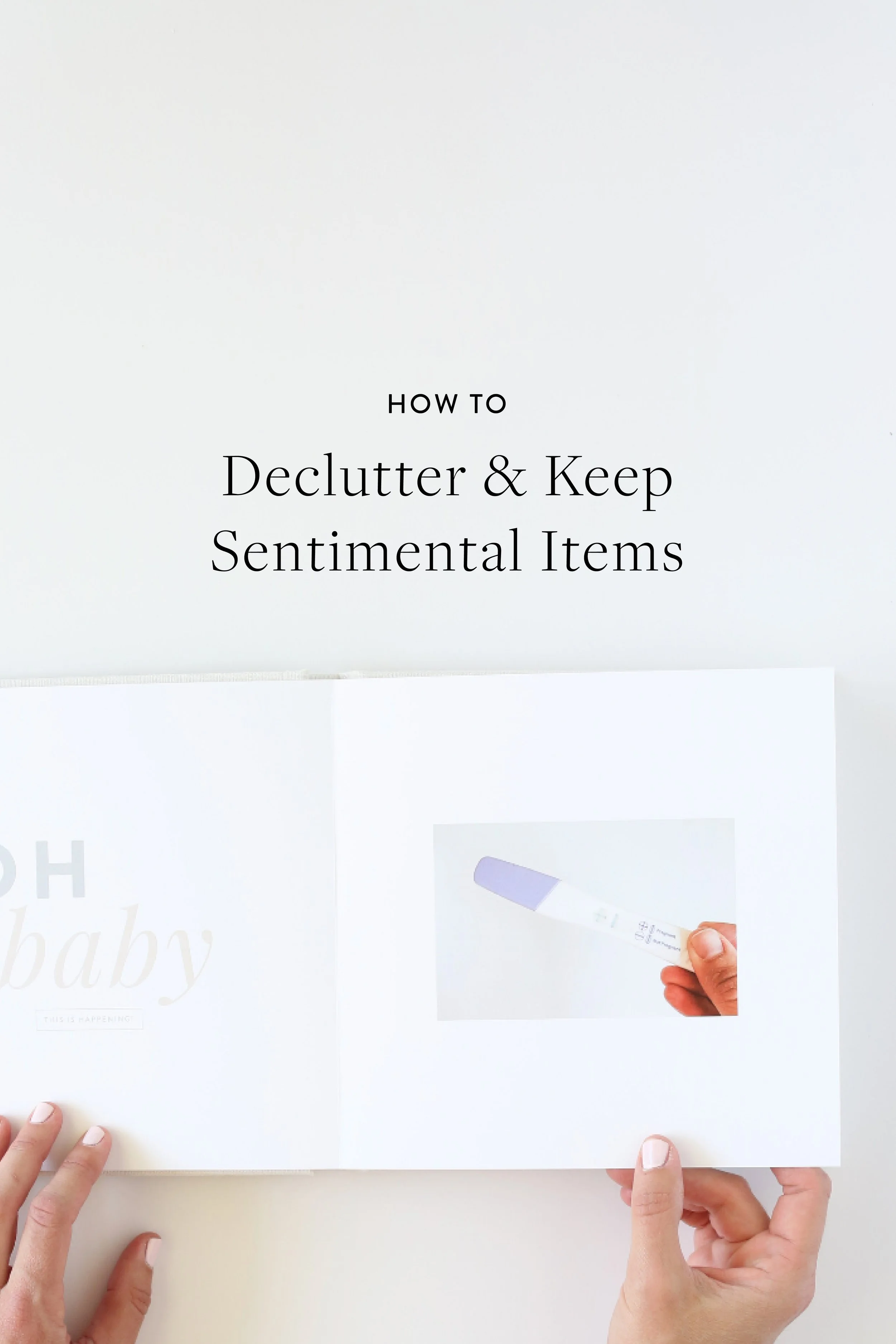The Simplest Way to Start Organizing Your Memories
When I think of memory-keeping I immediately jump to photo books filled with gorgeous, edited photos, family movies set to music, and school work scanned or photographed and organized so we can easily access it for years to come.
To be honest, there’s not a lot that’s simple about any of those things.
Organizing, selecting, and documenting our memories in these various formats takes time, effort, and new skill sets - all of which might be on the back burner for us during these years when we’re immersed in parenting small kids.
Writing is a simple, inexpensive, low-key way to begin organizing and documenting your memories.
When I talk about “journaling” and your memories, the concept might seem kind of woo-woo to you. Perhaps you’re thinking “definitely not for me.”
I get it.
You might not be a writer or journal-er or diary-keeping types.
Let me try to convince you to consider this practice with fresh eyes by giving it a modern update that’s simple, sustainable, and takes very little time.
Here’s why writing matters for our memory-keeping.
Writing is a great way to fill in the gaps that our photos can’t cover.
We can add details, stories, or explain the significant behind-the-scenes moments that didn’t make it to our camera roll.
Beyond a caption explaining time and place, just a few sentences at the beginning of a photo book or section provide a more full picture of the event we’re documenting.
It doesn’t cost a thing, and it takes minimal effort - certainly less effort than pulling together photos and putting together a photo book or video!
Yes, you are a writer.
First off: let’s address the “ick” factor with writing.
Why the intimidation and resistance?
Maybe it’s that we think of writing as a chore. We relate it to our high school English classes or college blue book exams (am I dating myself?).
Whether you’re writing a note to your kid or the schedule for your month or a weekly brain dump, writing is an essential part of the memory-keeping process.
It doesn’t have to look like deep reflection or daily journal entries - not at all.
Here are some simple ideas to get you started, broken down by frequency - once a year, month, week, or day - whatever suits your fancy.
Simple Writing Ideas
Annually
Once a year, sit down alone or with a spouse, friend, family member, or small group, and jot down some memories from the year.
Write down what you loved, what you learned, what went as expected and what surprised you.
Write down the events that impacted your life, the milestones your loved ones met, the moments that mattered the most.
Type this up in a Google doc and save it so you can go back and access it when you want.
If you do no other memory-keeping, these simple documents will be a treasure trove for your loved ones down the road.
Can you imagine having your mother’s reflections on each year over the course of a decade?
Do you need anything more than that?
If you design photo books, you can use these notes to scatter throughout your projects or simply add as text to a page or layout at the beginning of the book for that year (or the section for that you’re if you’re documenting more than one in a project).
These details really enhance photos, but they stand alone as well.
Monthly
Set an alarm and send an email to your kids’ accounts once a month.
Years ago, we set up Gmail accounts for both of our boys.
And more recently, I set an event on my phone that recurs every month on the same day - each of their birth dates - to remind me to email them.
I write more or less (or nothing) depending on how much time I have and whether I remember once I’ve snoozed the alarm. In other words, I don’t do this “perfectly” every month.
But!
It’s something in their inbox (an inbox they don’t see yet) to periodically record what they’re up to these days. And my messages are saved to my outbox.
These emails can be more in-depth about what they’re doing at the time, what sports they’re enjoying or who their friends are, whether they’re spending their time playing Beyblades or Pokemon or spending hours a day tracing prints of Nintendo characters and coloring them in on vellum.
The months when I don’t have the time, I try to fire off a quick email and attach a couple photos of them that are on my phone from the last month.
The hope is that years from now, they’ll have these emails from their mom archived in their accounts, and they’ll have access to some of their memories from the time they occurred.
If you do nothing else, this is a great one.
If you can’t do this monthly, do it twice a year - once around their birthday and once six months later.
And if your kids are already older (like mine)? No worries.
Start something new anytime.
Weekly
Make it a point to do a brain dump once a week or so.
What’s on your mind? What’s going on with the family? What’s coming up? What’s stressing you out or giving you joy? What are the recurring anxieties or worries or fears that keep creeping up on you?
I’ve been doing this for years - and it’s definitely not a daily practice - but I have written journals going back to college that have helped me work through problems, process hopes and fears, and documented my inner life for two decades.
Buy a small, simple notebook that you might want to actually write in and try picking a morning a week that you have a cup of coffee and do a brain dump.
No one ever has to read it or see it, but you never know what nuggets of wisdom will pour out of you if you just start by processing some of your life on paper.
Do it on Sunday night or Thursday night in preparation for the weekend.
Get your thoughts out on paper once a week in the same spot and over the years you’ll have an archive of your life, even if you don’t do it every single week.
You could also get yourself one of those “memory a day for five years” journals and jot down a little something each day.
Remember Doogie Howser? He used to write like one sentence at the end of the day on his computer. The original pithy blogger.
Daily
Add what you did (past tense) to your calendar.
This will jog your memory when it comes time to document your photos.
When the boys were babies I didn’t have anything on my calendar.
I was a stay at home mom to tiny babies and the highlight of my day was going for a walk with the stroller.
So at the end of the day I’d write down what happened that day in my calendar - we went for a walk, met a friend at the park, cooked dinner, had a doc appointment, cut a tooth, rolled a ball back and forth for the first time.
I still have those calendars and I cherish them.
My friend Donna orders a custom wall calendar every year filled with family photos and she tracks things like lost teeth and other milestones on that calendar.
She has a stack of them she’s kept - they don’t take up any room at all and yet they document years’ worth of family memories.
Writing doesn’t have to be fancy or overwhelming.
It can be as simple as an annual list of memories you write on New Year’s Eve or the notes you jot on your calendar each day.
Even sending an email can be a form of memory-keeping.
I think the key is to be a little intentional and to consider what works best for you and your family.











